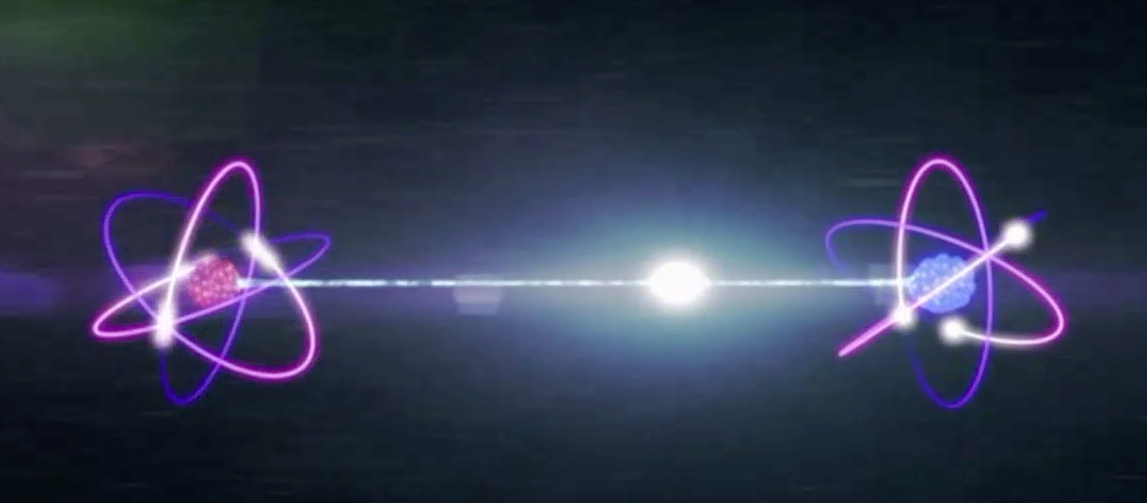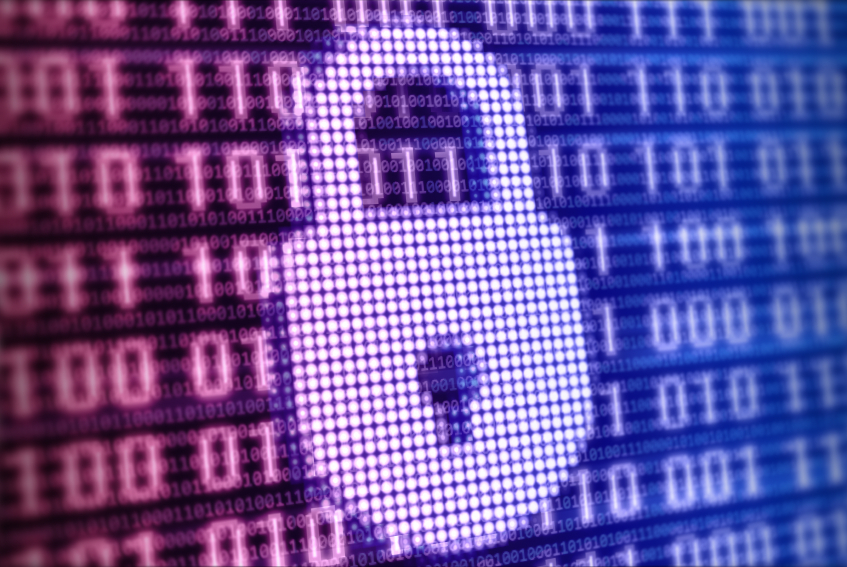Quantum entanglement could be used to prevent hacking, researchers claim
11/30/2015 / By Greg White

A new telecommunication technique, which manipulates a phenomenon in quantum theory known as entanglement, could cleanse the Internet of hacking.
Computer hackers who break into computer systems in order to steal, change or destroy information have been a problem ever since the Internet first came into the scene. Hackers are able to seize private and financial information by installing dangerous malware without an individual’s consent. They can eavesdrop on room conversations, browse your web page and lure you into revealing sensitive information — or worse.[1]
The days of Internet hacking may soon be over, however, according to researchers from the Universities of Glasgow, Stanford, Tokyo and Wurzburg. The team has created a new method for transferring bits of information over long distances which is virtually unbreachable using quantum entanglement.[1]
Spooky action at a distance
Quantum entanglement is a physical phenomenon at the atomic level, which occurs whenever a pair of seemingly separated particles is able to interact with each other instantaneously. The state, or spin, of each particle cannot be cataloged independently; rather, a quantum state must be given to the system as a whole.
In order to understand how information can be transferred instantly, consider the following glove analogy. It is commonly known that gloves come in pairs, a left hand and a right hand. Suppose each glove is in a sealed box. Before the lid of either box is opened, nobody knows which glove is in which box. Each glove has the possibility of being either left handed or right handed. When the lid of one box is lifted, the glove is reduced to a single possibility. And once one glove is observed, the type or state of the other glove type is instantaneously realized.
The same is true for quantum entanglement. The act of observing one particle into a single spin instantaneously collapses the entangled particle into another spin. If one particle has a spin that is up, the entangled particle has a spin that is down.
Published in the journal Nature Communications, quantum entanglement could be used to pave the way for the creation of the quantum Internet. Entanglement enabled the researchers to encode information in quantum particles, in the same way bits of ones and zeroes are used to encode data.
Two computers using quantum information are more secure because the activity of a third party would alter the information content, enabling easy detection by the intended recipient. The researchers entangled an electron inside a crystal of semiconducting material, known as quantum dot, with a photon traveling down 1.2 miles of fiber pipe. With the use of the quantum dot created by the photon, they were able to control its spin and entangle it with the electron in the crystal.[2]
Paving the way for the quantum Internet
Some quantum computers already work but have to be chilled at temperatures near -273°C (-459°F). By contrast, quantum dots are stable at room temperatures and are actually used in new television displays.[2]
The team was coordinated by University of Glasgow postdoctoral research fellow Chandra Mouli Natarajan, along with colleagues from Stanford University. Together, they were able to create long distance telecommunications link for a stationary quantum bit for the very first time. In theory, this means information could be transferred at macroscopic distances without the risk of leakage.
“For the first time, we were able to establish a long-distance correlation between the trapped electron and the photon in the telecommunications band,” explained Dr. Natarajan.[2]
“Firstly, the information encoded in the orientation of the emitted photon was translated to the arrival time of the photon.”
“Secondly, the photon’s energy was lowered to a type more suitable for the telecommunications industry without altering the encoded information.”
“In the near future, these implementations would enable execution of challenging long distance quantum teleportation experiments involving quantum dots.”
Sources include:
[1] Gadgets.Ndtv.com
[2] DailyMail.co.uk
Tagged Under: cyber attack, internet hacking, quantum entanglement, quantum mechanics


















